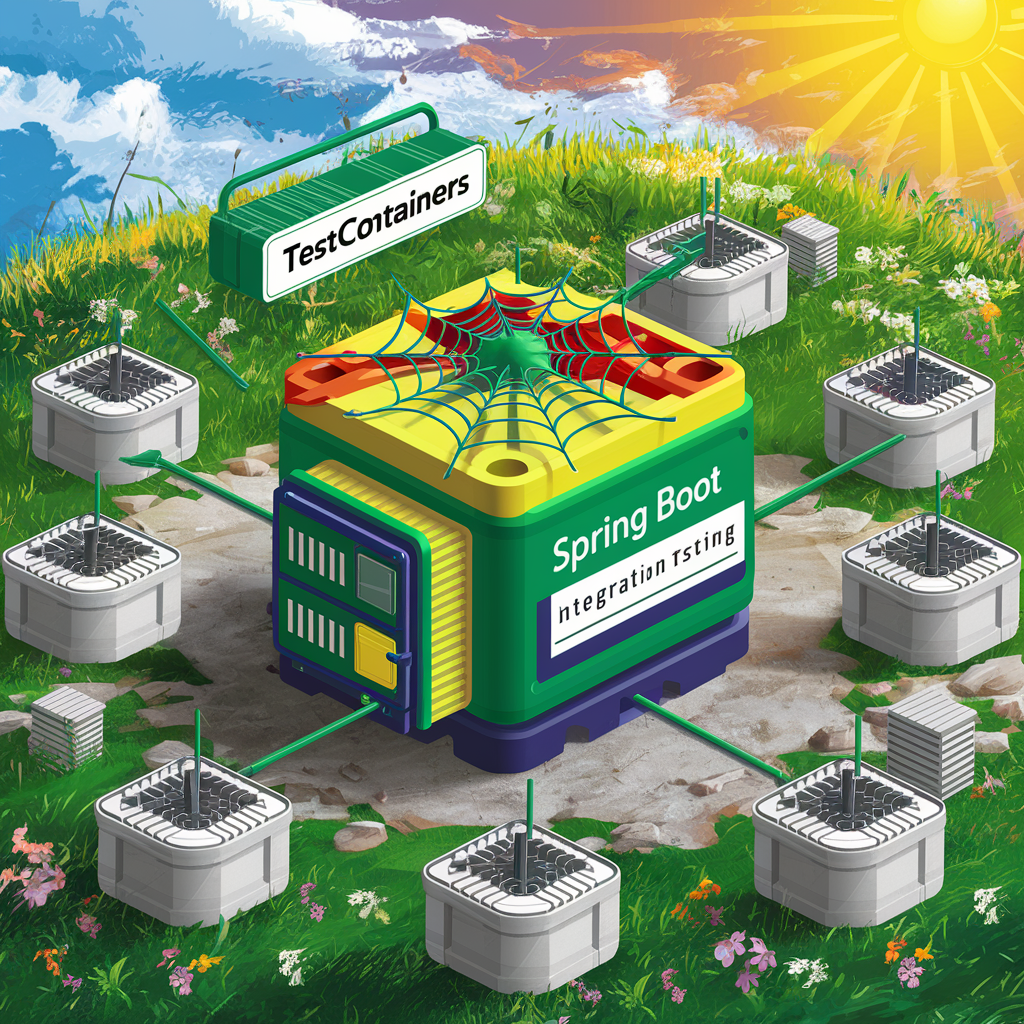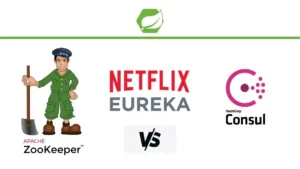Integration testing is a crucial part of any software development process, ensuring that various components of an application work together as expected. In the Spring Boot ecosystem, integration testing can be streamlined using tools like TestContainers, which provides a robust and flexible way to manage and test with Docker containers. This article will explore how to set up integration tests in Spring Boot using TestContainers, along with other useful techniques.
What is Integration Testing?
Integration testing involves testing the interaction between different modules or components of an application. Unlike unit tests, which focus on individual components in isolation, integration tests verify that the combined functionality of those components is correct.
Why Use TestContainers?
TestContainers is a Java library that allows you to create and manage Docker containers in your tests. It is particularly useful in integration testing because it provides a consistent and isolated environment for your tests, ensuring that they are not affected by external factors.
Key Benefits of TestContainers:
- Environment Isolation: Each test can run in its isolated environment, ensuring no conflicts.
- Consistent Testing: Tests run in the same environment every time, reducing the chances of environment-related issues.
- Flexibility: Supports a wide range of databases, messaging systems, and other services through Docker images.
Setting Up Spring Boot with TestContainers
Step 1: Adding Dependencies
To get started with TestContainers in your Spring Boot project, add the following dependencies to your pom.xml if you are using Maven:
<dependency>
<groupId>org.testcontainers</groupId>
<artifactId>testcontainers</artifactId>
<version>1.17.3</version>
<scope>test</scope>
</dependency>
<dependency>
<groupId>org.testcontainers</groupId>
<artifactId>postgresql</artifactId>
<version>1.17.3</version>
<scope>test</scope>
</dependency>
<dependency>
<groupId>org.springframework.boot</groupId>
<artifactId>spring-boot-starter-test</artifactId>
<scope>test</scope>
</dependency>
Step 2: Creating an Integration Test
Here’s an example of an integration test for a Spring Boot application using a PostgreSQL database with TestContainers.
import org.junit.jupiter.api.Test;
import org.springframework.beans.factory.annotation.Autowired;
import org.springframework.boot.test.autoconfigure.orm.jpa.DataJpaTest;
import org.springframework.boot.test.context.SpringBootTest;
import org.testcontainers.containers.PostgreSQLContainer;
import org.testcontainers.junit.jupiter.Container;
import org.testcontainers.junit.jupiter.Testcontainers;
import javax.sql.DataSource;
@SpringBootTest
@Testcontainers
public class MyIntegrationTest {
@Container
public static PostgreSQLContainer<?> postgreSQLContainer = new PostgreSQLContainer<>("postgres:13")
.withDatabaseName("testdb")
.withUsername("testuser")
.withPassword("testpass");
@Autowired
private DataSource dataSource;
@Test
public void testDatabaseConnection() throws Exception {
// Write your integration test logic here
System.out.println("Database URL: " + postgreSQLContainer.getJdbcUrl());
// Assert database connection and operations
}
}
Step 3: Running the Test
When you run the above test, TestContainers will automatically start a PostgreSQL container, set up the database, and run your test in that environment. After the test completes, the container is stopped and removed, ensuring no residual data or state.
Beyond TestContainers: Additional Integration Testing Techniques
While TestContainers provides a powerful solution for integration testing, you can enhance your testing strategy by combining it with other tools and techniques.
Mocking External Services
For services that cannot be easily containerized, consider using mocking tools like WireMock to simulate external HTTP APIs.
import com.github.tomakehurst.wiremock.WireMockServer;
import org.junit.jupiter.api.BeforeAll;
import org.junit.jupiter.api.Test;
import static com.github.tomakehurst.wiremock.client.WireMock.*;
public class ExternalApiIntegrationTest {
private static WireMockServer wireMockServer = new WireMockServer(8080);
@BeforeAll
public static void setup() {
wireMockServer.start();
stubFor(get(urlEqualTo("/api/some-endpoint"))
.willReturn(aResponse()
.withStatus(200)
.withBody("Hello World")));
}
@Test
public void testExternalService() {
// Write your test logic here to interact with the mocked API
}
}
Using In-Memory Databases
In some cases, using an in-memory database like H2 can be sufficient for integration testing, especially when you want fast, lightweight tests without the overhead of managing containers.
@DataJpaTest
public class MyRepositoryTest {
@Autowired
private MyRepository myRepository;
@Test
public void testRepository() {
// Test repository operations using H2 in-memory database
}
}
Managing Test Data
Ensure your integration tests are repeatable by managing test data properly. Use setup and teardown methods to populate and clean up data before and after each test.
@BeforeEach
public void setupTestData() {
// Insert test data into the database
}
@AfterEach
public void cleanupTestData() {
// Clean up test data from the database
}
Conclusion
Integration testing is a critical aspect of ensuring that your Spring Boot application functions correctly in a real-world environment. By using TestContainers, you can create consistent and isolated test environments that closely mimic production setups. Combined with other testing tools and strategies, you can build a comprehensive integration testing suite that ensures the reliability and robustness of your application.
Hashtags
#SpringBoot #IntegrationTesting #TestContainers #JavaTesting #Microservices #SoftwareTesting #DevOps #SoftwareDevelopment #Docker #ContinuousIntegration #TestingTools #SpringFramework #SpringBootTesting





